Undistracted Driver: Waymo's Self-driving Minivans Are Becoming Eerily Competent
According to the California Department of Motor Vehicles and its autonomous vehicle disengagement report, self-driving cars are in need of less and less human intervention.
Waymo, Google’s autonomous driving project, is leading the pack in this regard. The report shows that the number of times test drivers had to take over in Waymo’s vehicles dropped significantly from .80 disengagements per 1,000 miles in 2015 to .20 disengagements per 1,000 miles.
That is – on average – one human override for every 5,000 miles. In theory, it could take you from New York City to San Francisco and back, and it would only ask you to intervene once.
The miles weren’t just traveled on private courses or streets, either. The majority of the testing was done on public roads, where there were plenty of objects for Waymo’s tricked-out Chrysler Pacifica hybrid minivans to avoid.
Proving that autonomous vehicles can be safely operated on public roads is key to landing legislative approval for the technology’s mainstream use.
[Image: Fiat Chrysler Automobiles]
More by Tyler Wooley



















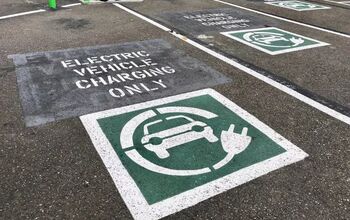

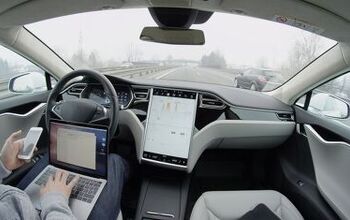





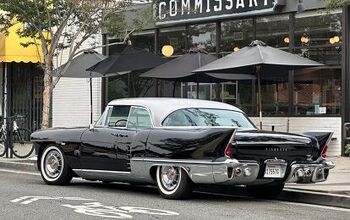
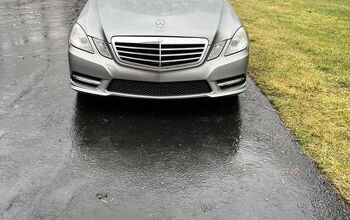




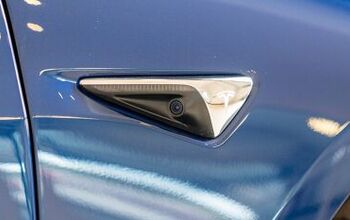
Comments
Join the conversation
Lord, speed the Day. Meatsacks should control nothing faster than muscle power.
600k miles is around 1 million kms. In my ~30 years of driving, I've racked up maybe 500k km. And I'm sure I've had at least 50-60 "oh shit" moments..
I drive 70 miles a day as a commuter, in the Seattle area. I see plenty of driverless cars on the road. The left seat occupants are looking at their phones, GPS, picking their noses and doing whatever their father or weird uncle taught them. Virtually every day, as I try to merge onto I-5, some jerk tries to move into the merging lane to take the next exit 1 mile ahead. Last week I had to go onto the shoulder to avoid being hit. I'm about ready to get an old pickup truck and stand my ground. I'll take any robot driven car over these clueless drivers any day.
Would you step in a car driven by someone who, once every 5000 miles, (or even every 50.000), needs to be taken the wheel out of hand? Do you really expect human attention to stay high for 100 hours of no-event and to jump in exactly at the required moment? This is exactly the mistake NASA experts are warning of.